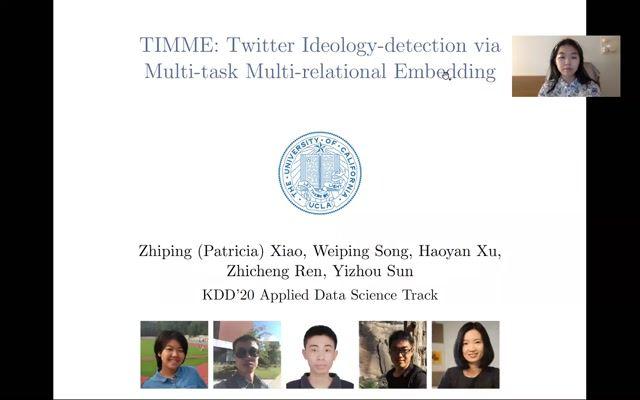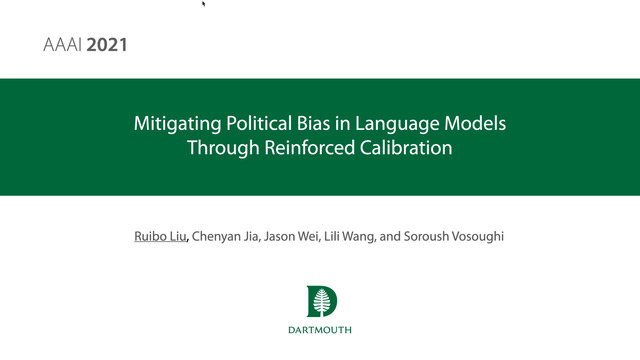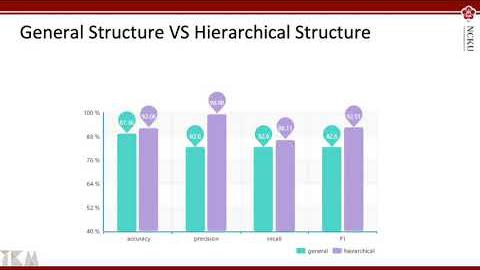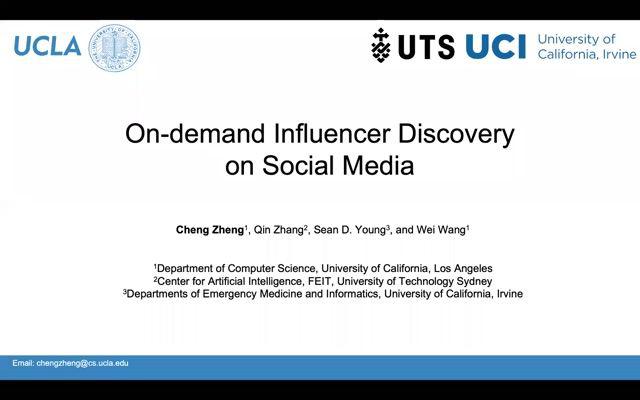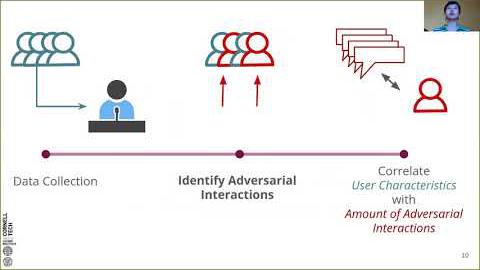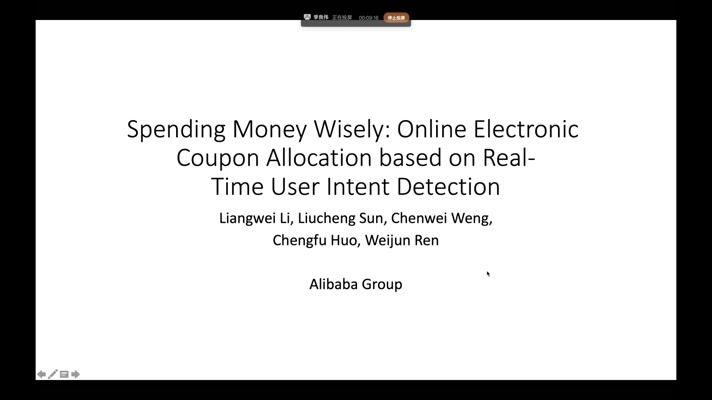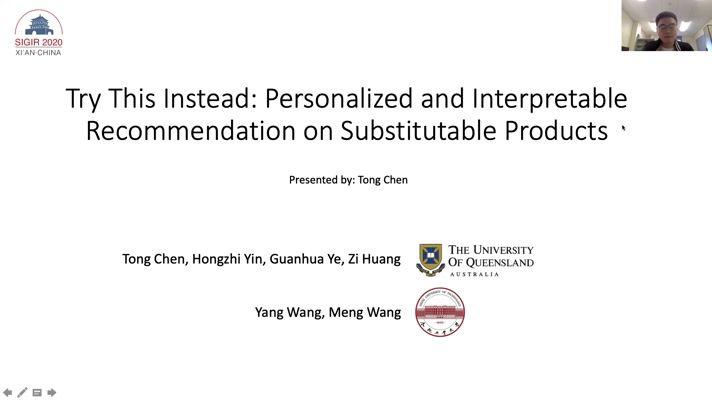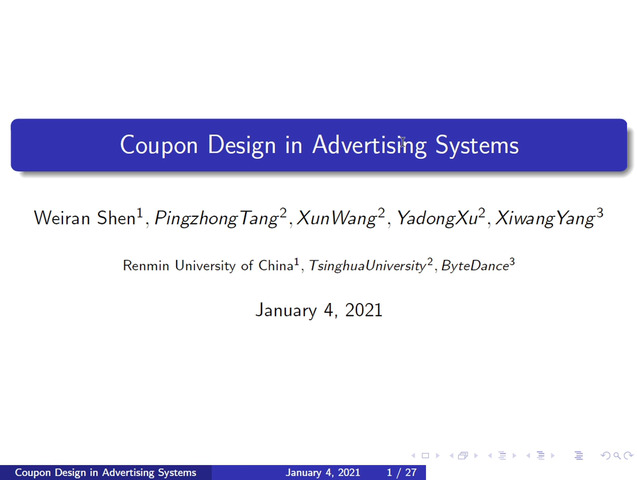Abstract:
Understanding how political attention is divided and over what subjects is crucial for research on areas such as agenda setting, framing, and political rhetoric. Existing methods for measuring attention, such as manual labeling according to established codebooks, are expensive and can be restrictive. We describe two computational models that automatically distinguish topics in politicians' social media content. Our models---one supervised classifier and one unsupervised topic model---provide different benefits. The supervised classifier reduces the labor required to classify content according to pre-determined topic list. However, tweets do more than communicate policy positions. Our unsupervised model uncovers both political topics and other Twitter uses (e.g., constituent service). These models are effective, inexpensive computational tools for political communication and social media research. We demonstrate their utility and discuss the different analyses they afford by applying both models to the tweets posted by members of the 115th U.S. Congress.


